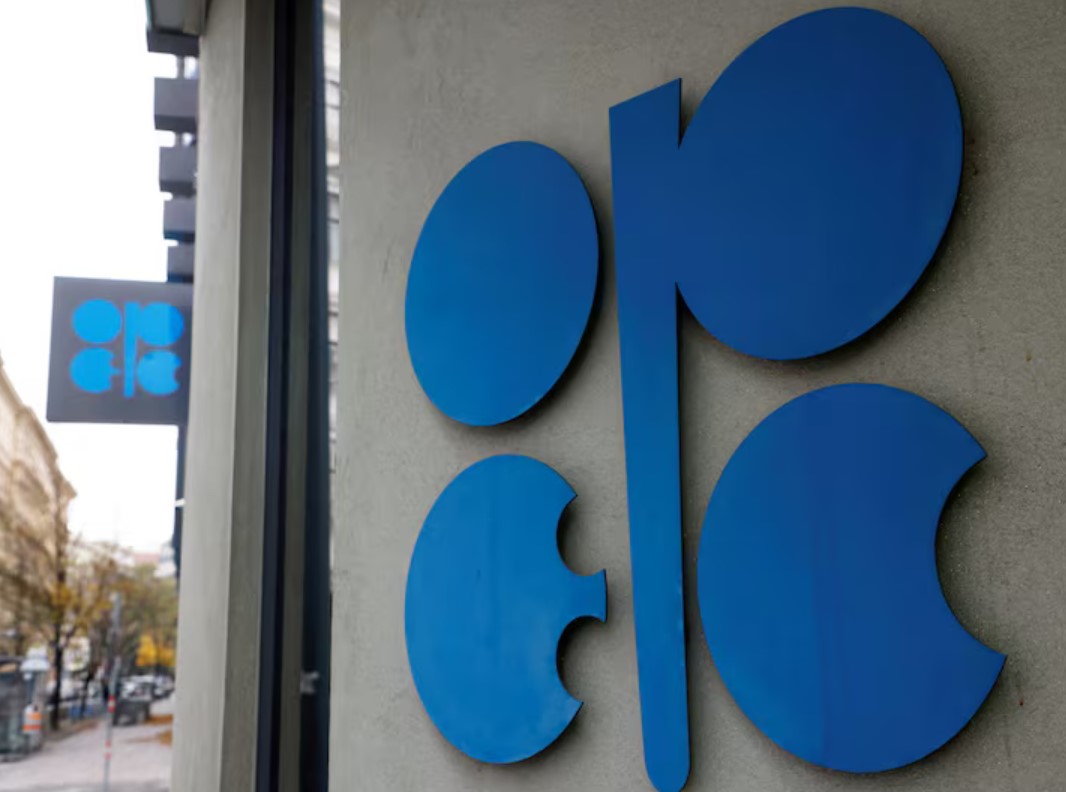OPEC+ surprised markets on Sunday with a pledge to accelerate the unwinding of output cuts, a move that appears risky in an already oversupplied environment but may have limited impact on actual supply.
The group, which includes OPEC members, Russia and other allies, agreed to begin rolling back 1.65 million barrels per day of cuts that were originally scheduled to remain until the end of 2026. Starting in October, production targets will rise by 137,000 barrels per day, with the process expected to take a year to complete.
This comes on top of 2.5 million barrels per day of increased quotas already delivered between April and September, a period in which Brent crude fell 18 per cent from its January peak to $67 a barrel. The timing appears awkward, as the International Energy Agency has warned of an oversupply averaging 3 million barrels per day from October 2025 through 2026, even before Sunday’s decision.
In practice, however, the market effect may be muted. Many producers are already at or near full capacity, meaning the new quotas largely formalise existing production rather than add significantly more barrels.
Saudi Arabia is the exception. Its output is set to climb from 9.07 million barrels per day in March to 9.98 million in September, leaving it with an estimated 2.2 million barrels per day of spare capacity, more than any other OPEC+ member. That positions Riyadh to increase market share at the expense of U.S. shale operators, which may face reduced drilling activity if prices stay low.
The changes also bolster Saudi Arabia’s political standing. Energy Minister Prince Abdulaziz bin Salman is reclaiming influence within OPEC+ and strengthening ties with Washington, as U.S. President Donald Trump has pressed the group to lower oil prices.
With Crown Prince Mohammed bin Salman due to visit Washington in November, following Trump’s May trip to Riyadh that secured $600 billion in Saudi investments and a $142 billion U.S. arms package, energy policy will remain central to bilateral talks.
While the market reaction to OPEC+’s new production targets may be limited, the geopolitical consequences could prove far more lasting.







Click here to change your cookie preferences